I have been told that in the new superhero adventure Flash (2023), dedicated to DC’s Usain Bolt, we have, through a mixture of the usual time travel, nostalgia, and a checkbook with lots of zeros, the return of Michael Keaton to his Batman character, abandoned 32 years ago and pseudo-reprised in 2015, in that very interesting experiment called Birdman. The thing is that Keaton is now in his 70s, and rather than pirouettes, he is now asked only for witty one-liners, and advice from the one who is leaving to the one who is staying, all framed in a farewell that is emotional at the very least.
Because of the calendar, Michael Keaton will be sharing the billboard with Harrison Ford, who will be releasing his iconic adventure at the age of 81 (he filmed Indiana Jones 5 at 79) and with Tom Cruise, who at 61 will still be asked to jump and caper in Mission: Impossible – Dead Reckoning Part One, 2023. Examining this panorama, we would have the feeling that nostalgia sells, but it is possible that what sells is good characters who alone can sustain entire franchises. And if not good, then charismatic enough. Sylvester Stallone can talk a lot about that. At 73 years old, he embodied for the last time a crazy chromosome called John Rambo, in his fight against an unjust world that is always looking for his ticklish side, and which is awaiting a new dose of his revisionist meta-franchise The Expendables. His fellow sucker puncher Arnold Schwarzenegger did the same at the same age, reincarnating the android T800 in Terminator Dark Fate (Tim Miller, 2019). Slightly younger, Keanu Reeves has stepped onto the brink of his sixties in a particularly lively and gruesome saga like John Wick, regaining contact with fame that seemed to have left him behind with the Matrix trilogy.

That nostalgia was not invented in this century is easily demonstrated, as are physical prowess out of time, and we might almost say out of context. I am reminded of a certain endless chase through the streets of Paris in which a 59-year-old Cary Grant was on the verge of a stroke trying to catch an incredulous Audrey Hepburn, who had every reason to doubt his word. All this took place as part of the plot of Charade (Stanley Donen, 1963).
More recently, Clint Eastwood, shortly after turning 72, played a Dirty Harry look-alike who chased the assassin played by Jeff Daniels through an obstacle course, only to receive a heart attack as a prize when he was about to catch him (Blood Work, Clint Eastwood, 2002). In contrast, and as a vindication of eternal youth, we should mention Burt Lancaster who, as a sexagenarian double or triple agent, allowed himself to leave behind an Alain Delon, twice his age, in one of the longest chases of all time. Set in the middle of one of those thrillers that grew like mushrooms in the shadow of the noir Scorpio (Michael Winner,1973), we see Burt perform acrobatics, spins, leaps into the void, and all kinds of arabesques with a bullet in his belly. And worst of all, we believe it.
It may well come down to our own fear of our symbols getting old.
So how credible is the action hero, and at what point does the suspension of reality collapse in the face of the squeakiness of this or that situation (squeakiness that may well correspond to the joints of the protagonists)? It may well be that it all boils down to the apprehension we feel when our symbols grow old. The same Clint Eastwood, who at the age of 72 ended up in the cardiology department, 20 years later demolished the whole storyline with a scarcely credible blow that knocked out the hitman in Cry Macho (2021). Clint was only 91 at the time, but compared to the average lifespan of an icon, he was little more than a teenager.

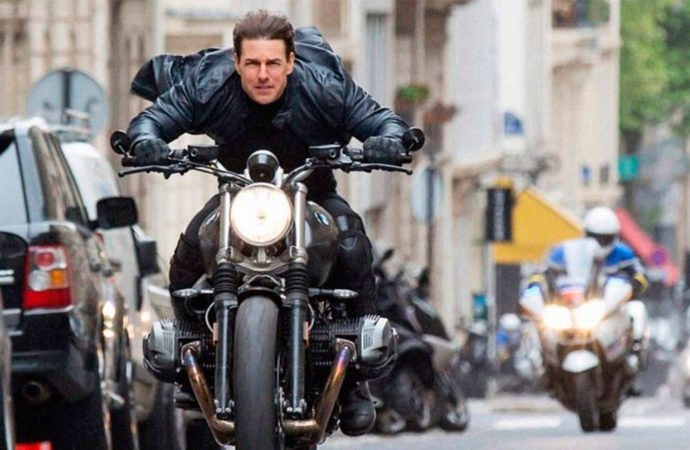
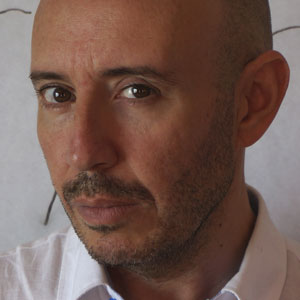
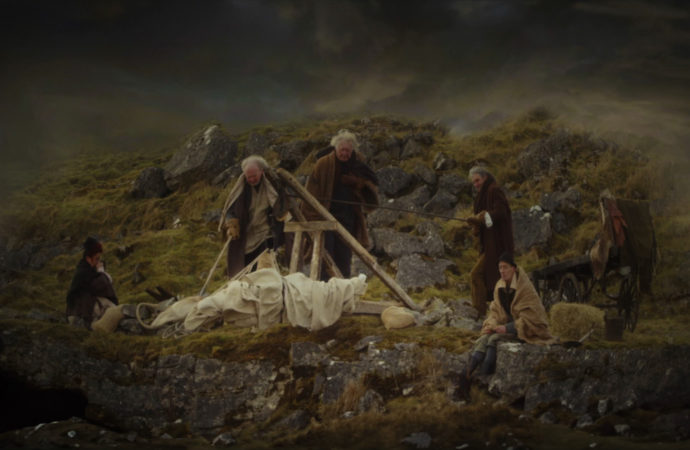

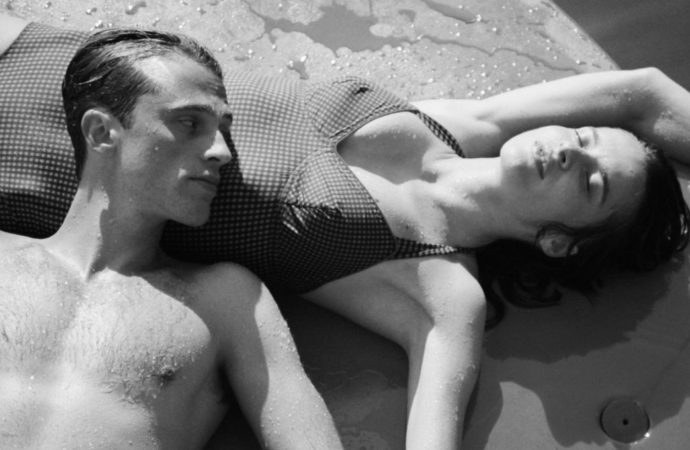

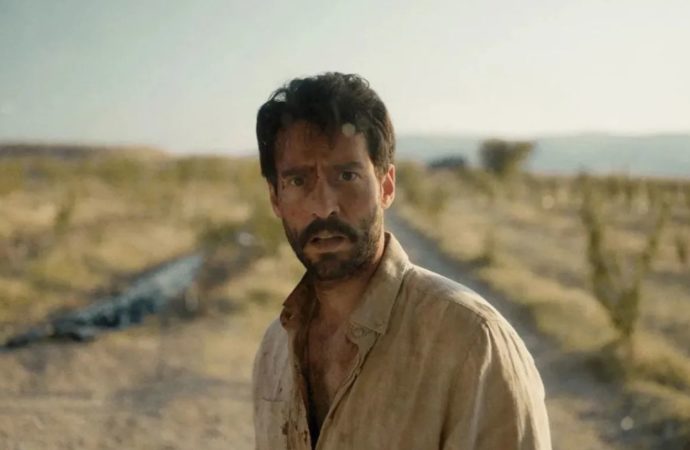

No one has posted any comments yet. Be the first person!